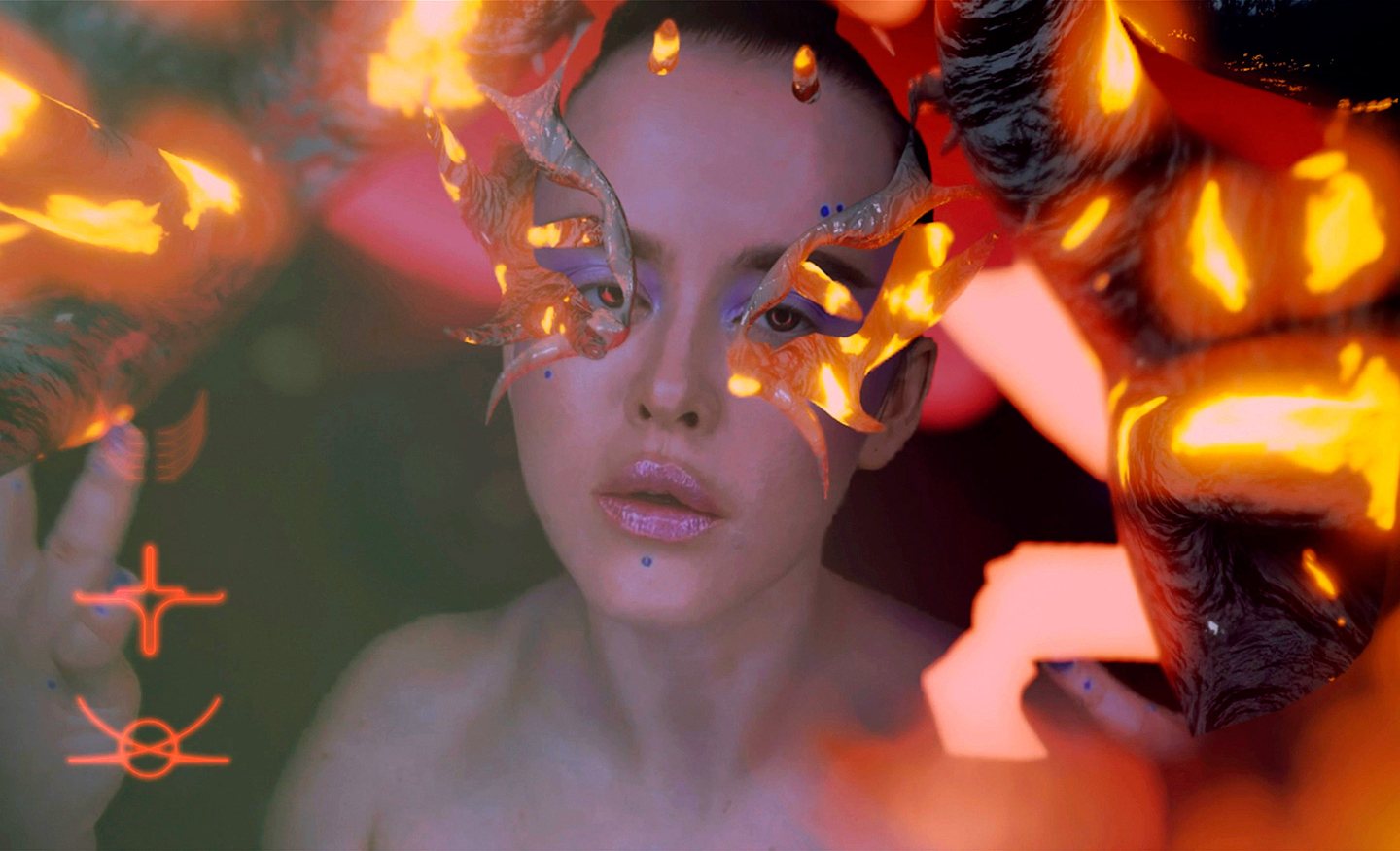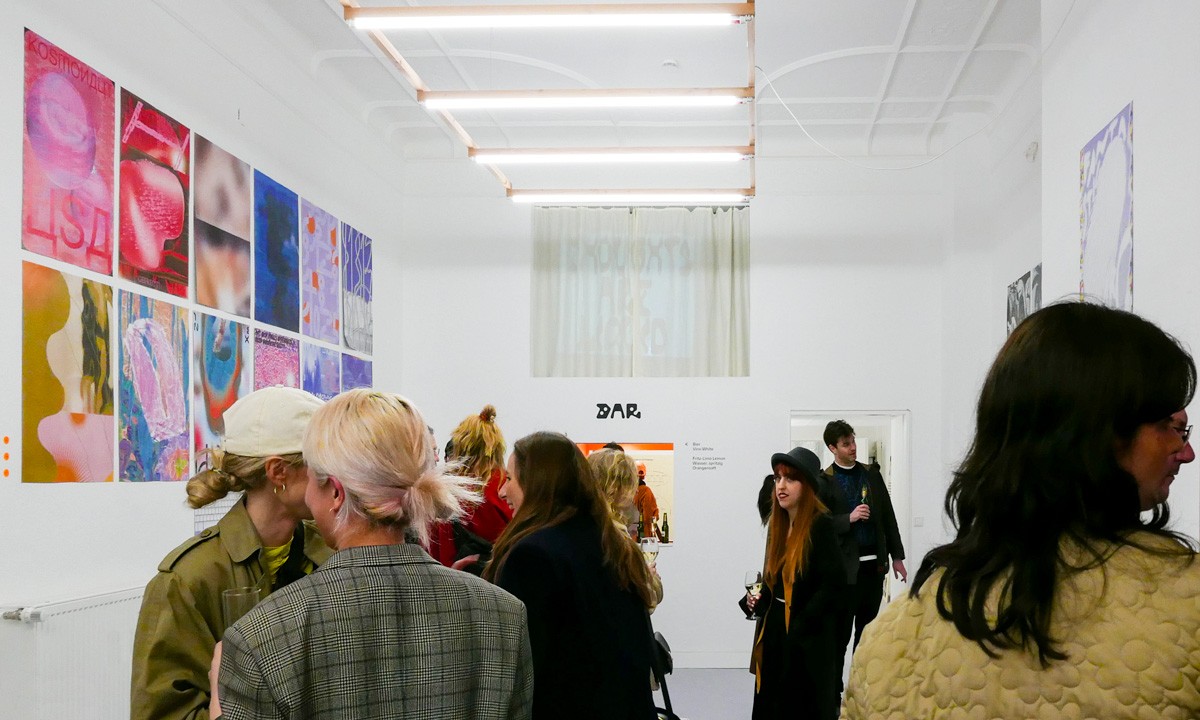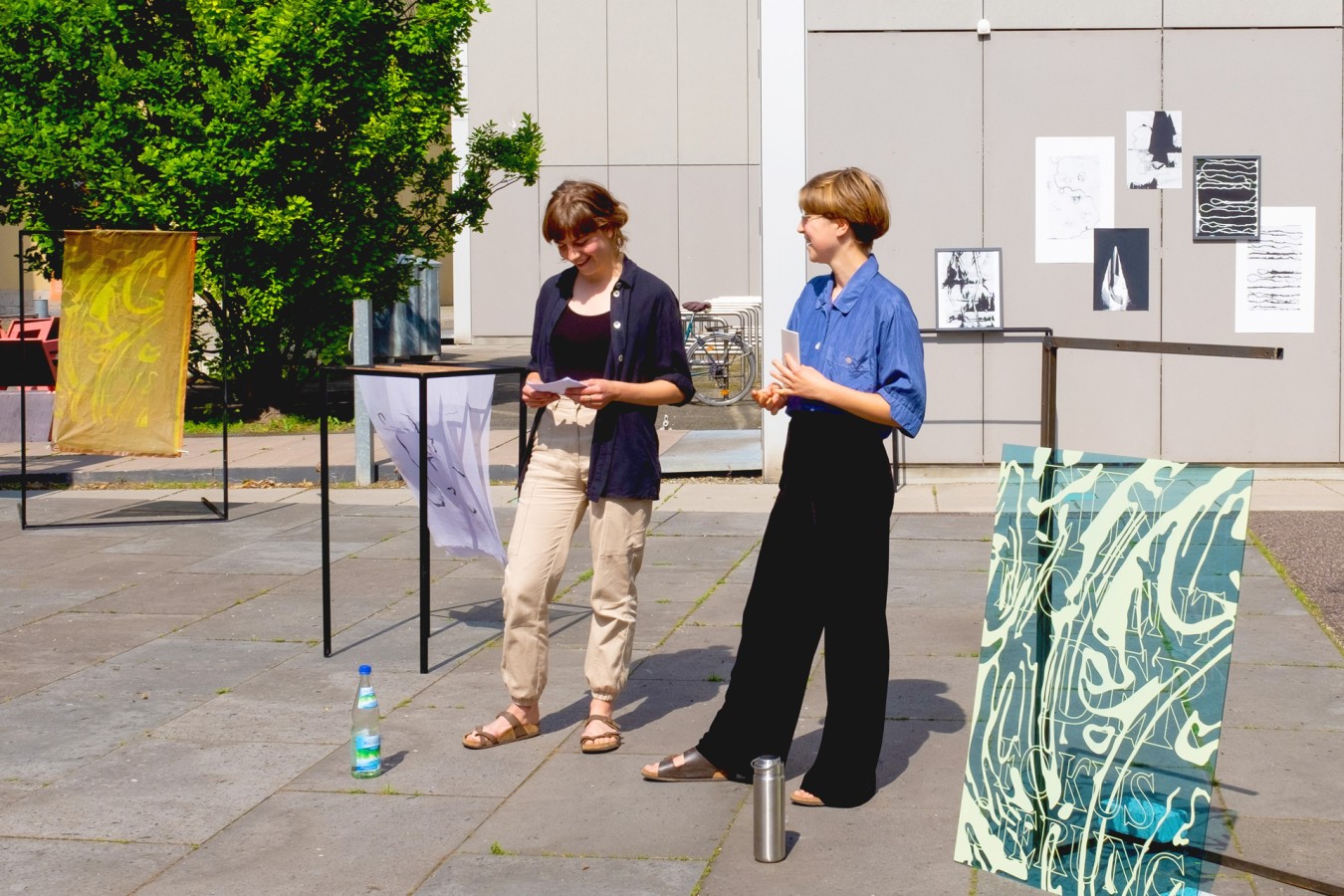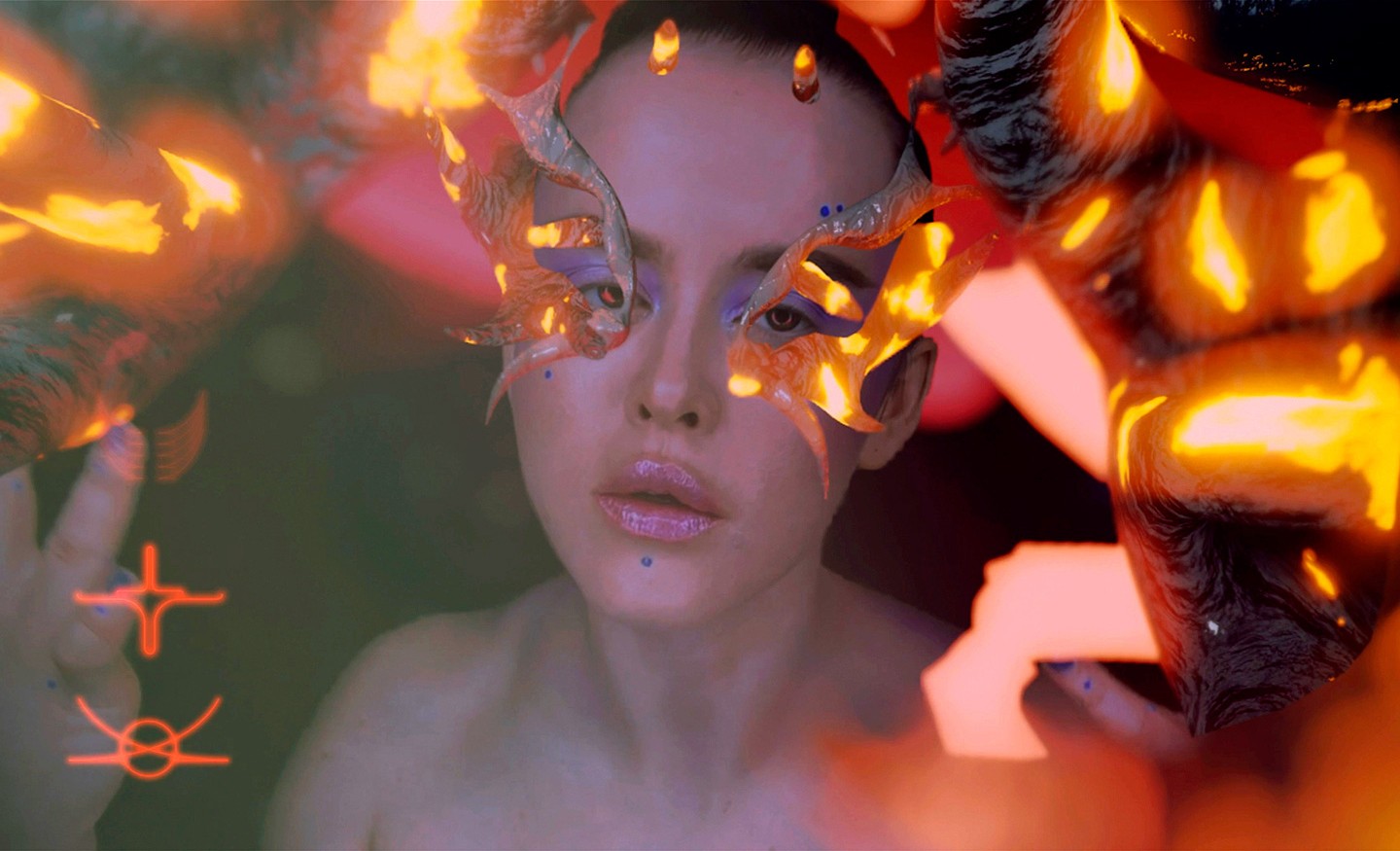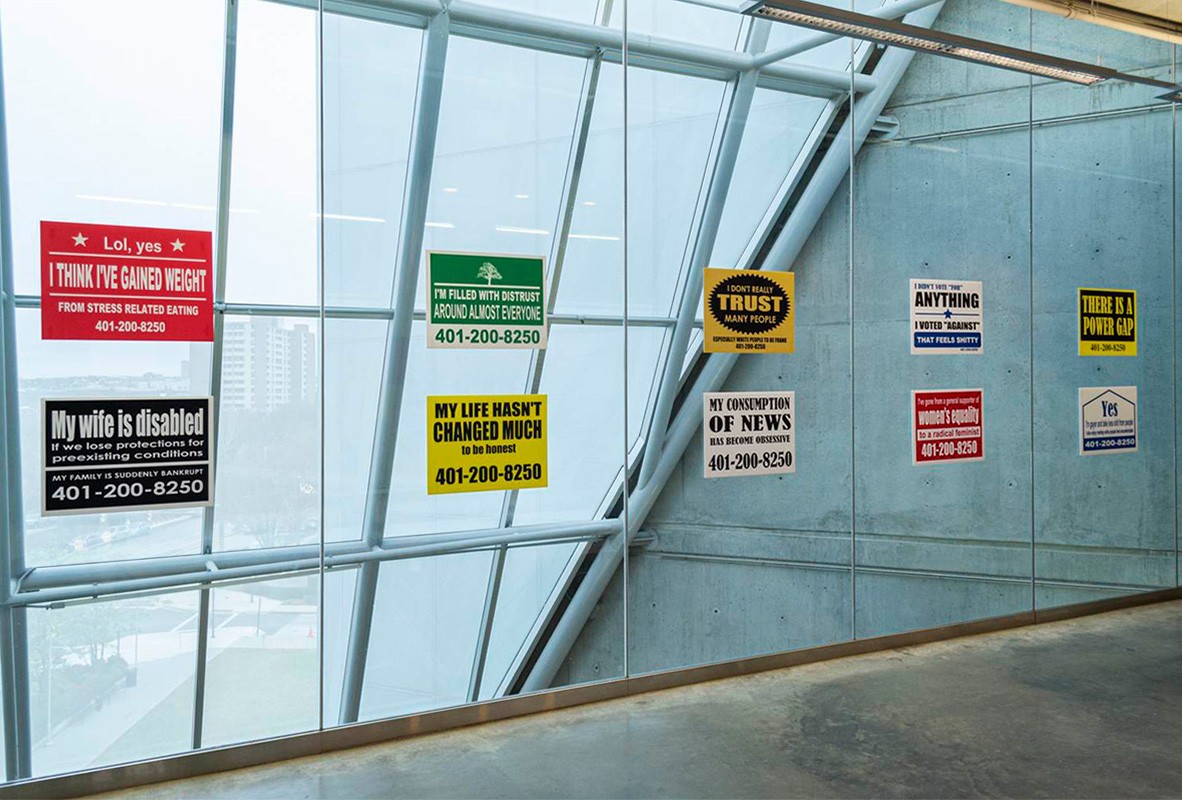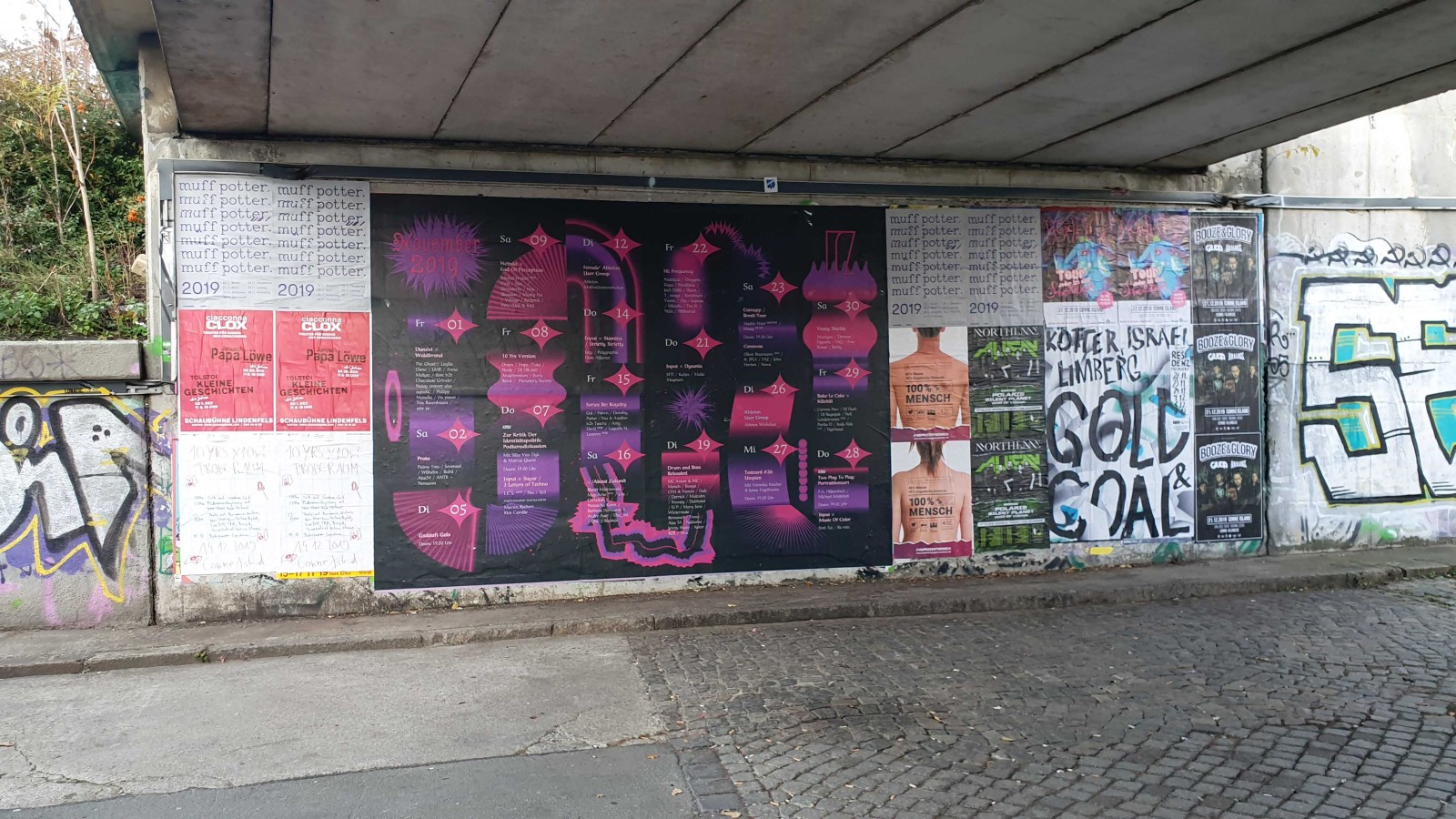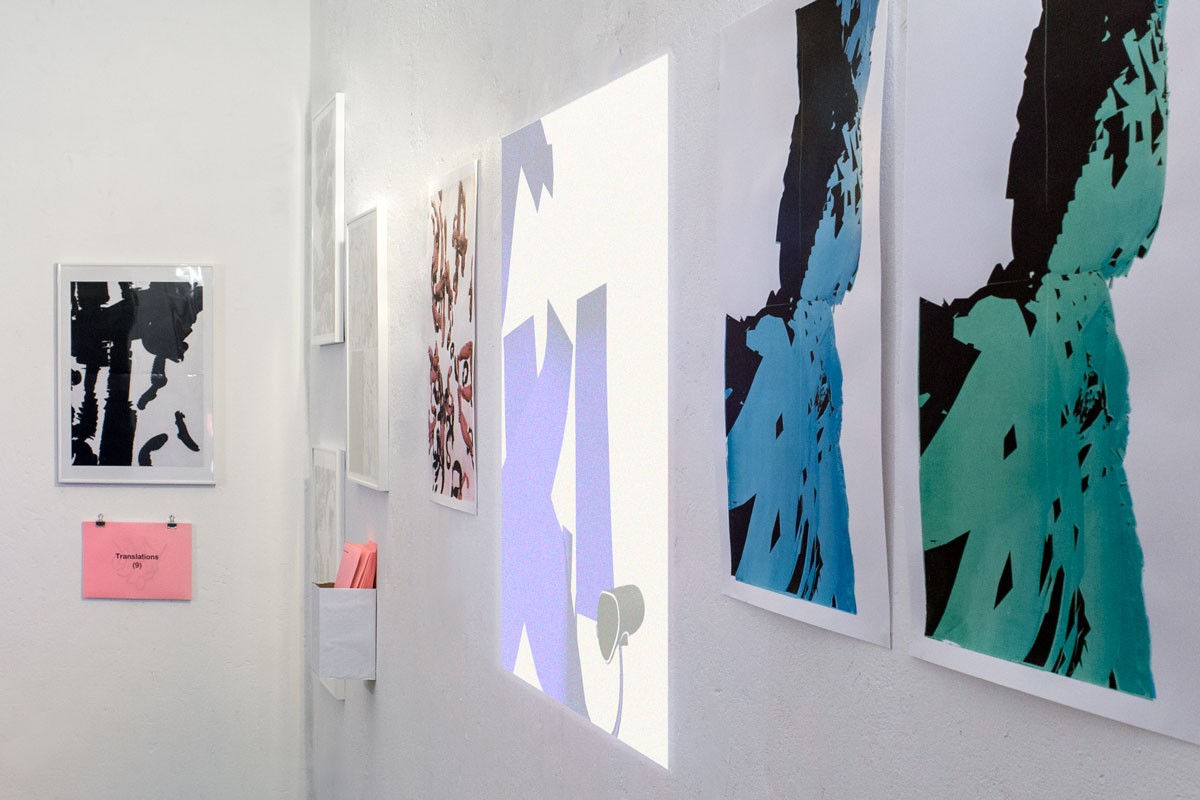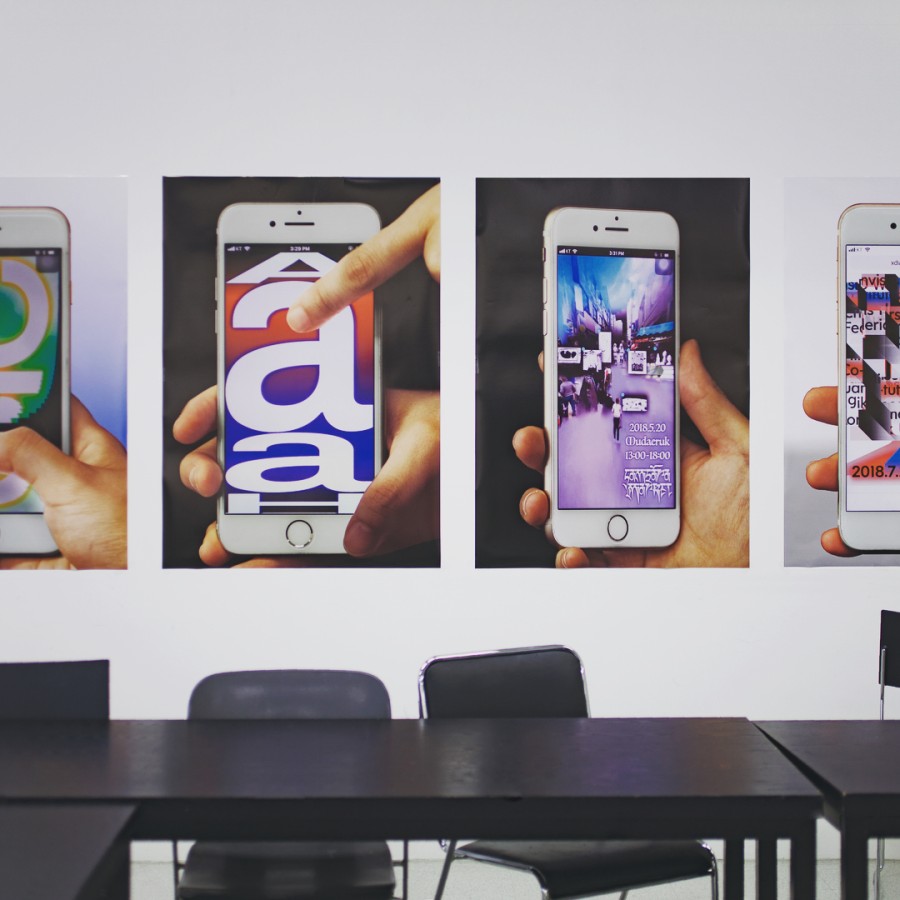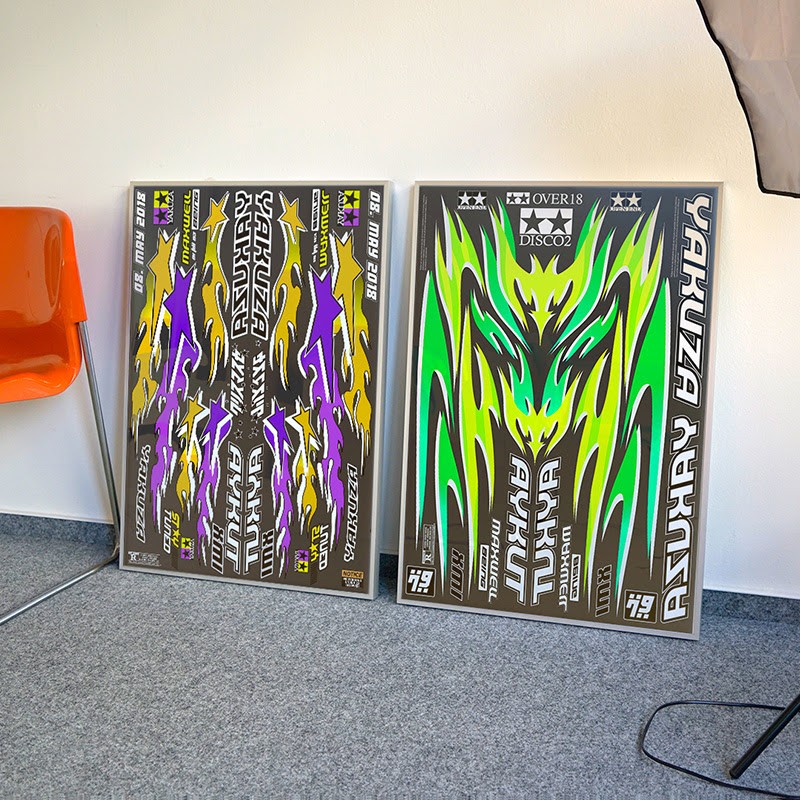How did you feel about moving to Germany from Russia at a young age?
[KH] When my parents decided to move to Germany, I didn’t feel euphoric at all moving to another country. At 17, I just finished school, I was in love for the first time, and I had my own dreams and visions. The one thing I didn’t want to do was to leave. Arriving in Germany was very hard, because the language was a big barrier, let alone the cultural differences. I have the feeling that sometimes people don’t know how to handle a person from a different culture.
Is this why you are inventing your own language with your work, mixing different alphabets and creating your own typography? It’s almost like a code that not everyone is supposed to read and understand …
[KH] You are perfectly on point. I feel like people in general are scared about the unusual. My wish is to disrupt that by bringing more signs into the graphical work, something unusual, to deconstruct the fear of the unknown. The more we see new things the more we can get acquainted and used to them. Reading Vilém Flusser inspired me in some of these ideas—to break the linearity of the two-dimensional page and introduce a many-dimensionality, such as the simultaneity of languages and signs.
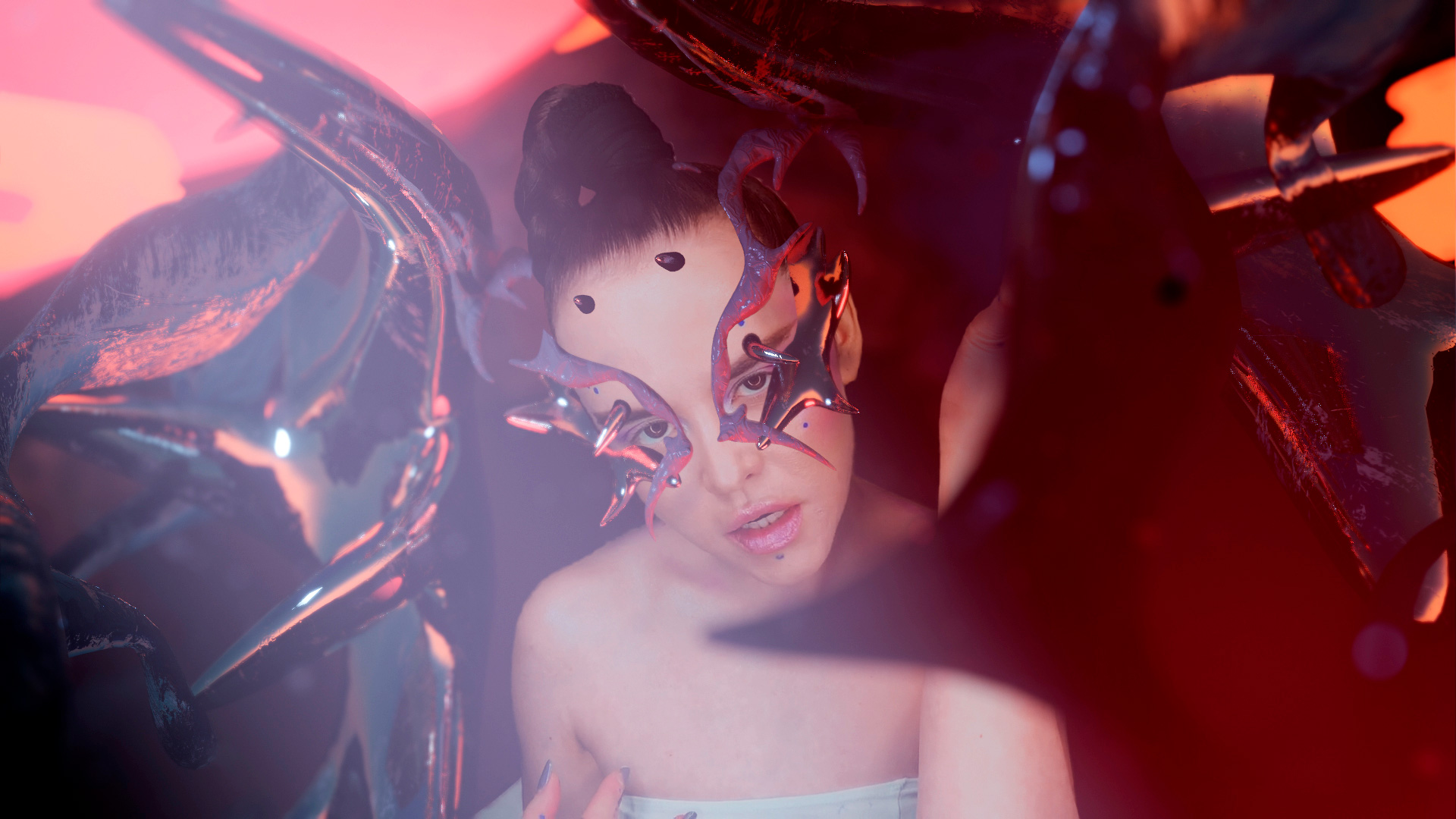
It is a crazy experience when you need to completely rethink the way you communicate. I want all three languages that I speak, English, German, and Russian, to coexist in my work – just like they coexist in my private life. The English film is on, you are talking with your German friends and at the same time your mom is calling you on the phone, speaking Russian.
»The poster will stay relevant as it is not bound to a specific format. I see it more as an autonomous artwork that melts codes, language and emotional symbolism rather than as a tool to only translate information.«
Your Bachelor project was a fashion collection based off of Kazimir Malevich’s costume sketches for the opera Victory over the Sun. How did this particular project come into your life?
[KH] During my Bachelor studies in Berlin I wanted to go abroad, and the only option they had was to go to St. Petersburg. I thought, »Seriously, why Russia of all places? I want to experience other countries!« To be fair, I wasn’t all against the idea of going back home — I had never studied in Russia, and I was interested in constructivism and Russian Avantgarde. I knew it was time for me to go. Once I arrived in St. Petersburg, I found out about a professor at my university who taught a class about Russian Avantgarde. I was hungry for more knowledge, so I skipped my graphic design courses and went to her class instead. It turned out she was also leading a project for the Russian Museum: the reconstruction of Malevich’s costumes for the opera The Victory over the Sun. She found out I was a graphic designer, and she invited me to join the project to document the reconstruction process for a catalog.
Obviously you didn’t stop there [laughs] …
[KH] Right! When I saw how the people in the group were approaching the process, I disagreed as always … [laughs] Most people in the group came from the fashion department and they started by drawing trousers and jackets. I was like, »Come on, it’s Malevich, I don’t think that he was making trousers and jackets!« I really appreciate my teacher’s reaction in this moment, because she said, »Everybody can speak up, but you have to show me. What do you mean? Show me one costume«. So I did …

… I thought of a concept and made a sculpture, one that you could take apart and wear on an opera stage. Before I knew it, I got appointed the head of the project! She trusted me with translating the historical concept from Malevich into the present, and we then worked together on the reconstruction for the following year. My teacher suggested that we should also submit the project to some fashion competitions in Russia. I thought that it was not really fashion what I was making, but she said we could adapt it. I ended up winning a few prizes for these pieces and decided to make a wearable collection when back in Berlin. I was hesitant about the work load at first, but thankfully my professor at KHB Weißensee, Alex Jordan, was very supportive of the idea!
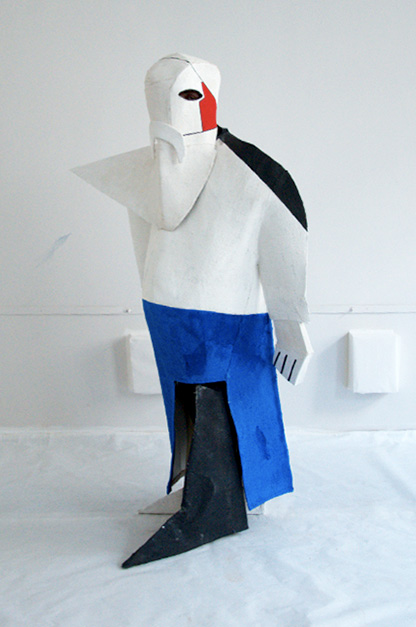
How do you approach new projects?
[KH] First, I always need to understand what the work is about. Then I will draw, take my own custom glyphs or research images of architecture or people, while always trying to stay away from graphic design. I never make design mood boards, because they are already translations of information. If I take somebody else’s translated information then I don’t really translate it myself. Instead, I start with asking how I can build a concept to translate the information. With every project I try to explore my own limitations and to not do what was asked. As graphic designers we are expected to to satisfy people‘s needs. Now I’m able to say that I don’t work like that. I can be more picky and choose projects that allow me to search for answers and give an opinion.
In other words, you start with the incentive to push yourself a bit further …
[KH] Yes, I always have been interested in the things that we can’t understand at first glance. I think this is why my work often appears to be uncomfortable for people. I like to trigger simultaneous emotions and at some point it wasn’t enough to just work in two dimensions anymore. So I started to work more in 3D and animation, as I felt this offered more possibilities to make an impact. All these decisions brought me to work with powerful artists like Pussy Riot who have a similar approach of pushing the limits of what art and music is supposed to be and use multiple sources of media to deliver messages with most possible impact. Our collaboration work will be out very soon alongside their new album.
After four dimensions where do you go next, Kristina?
[KH] [laughs] I don’t know how we will act or how we will think in the distant future, but I think it’s important to try and experiment with those visions. I’m not even close to the end of the way.




